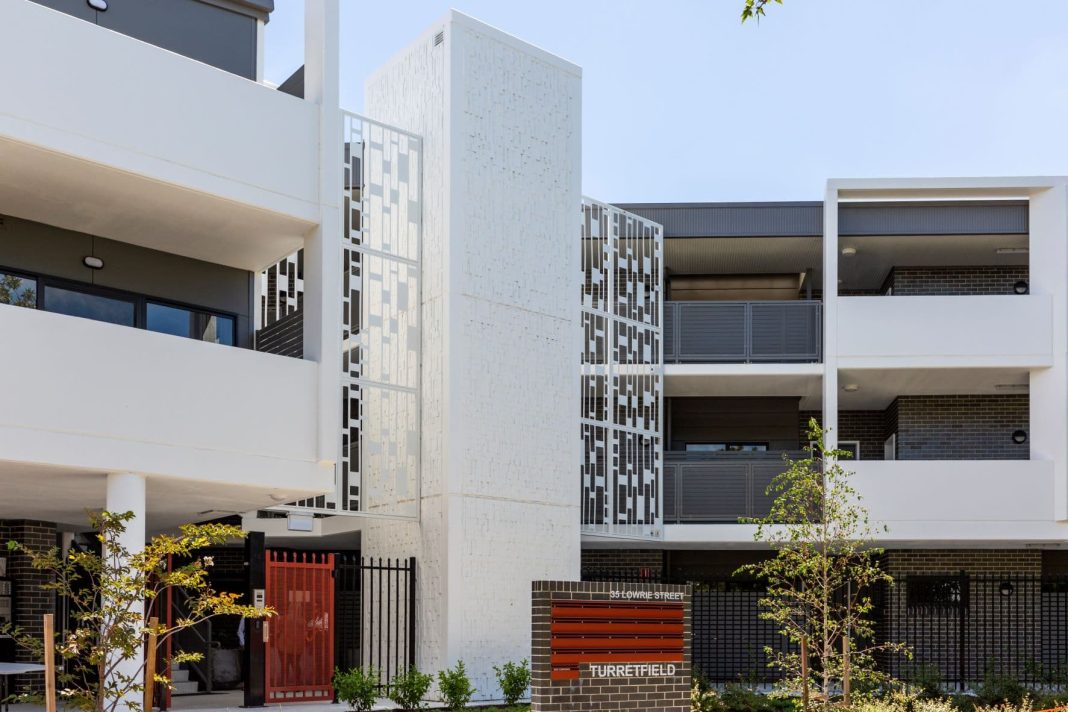The Australian Human Rights Commission deems adequate housing a right, rather than a privilege for every Australian. Their definition of housing is not simply shelter, but “a right to have somewhere to live that is adequate”.
In light of this “right”, approximately 290,000 people across the country in 2018-19 received help from specialist homelessness services, according to the Australia Homelessness Monitor 2020 Report. This number is believed to have climbed since the COVID-19 pandemic began in early 2020.
Canberra’s rate of homelessness is a stain on the Territory, but is it statistically worse than the national average?
One major contributing factor to this national problem is the significant underfunding of the public housing sector, resulting in fewer houses, but more demand.
The Australian Institute of Health and Welfare (AIHW) have released their latest Housing Assistance in Australia report, which shows a nationwide increase of social housing dwellings from 2020 to 2021, but of less than one per cent.
Overall, in the decade between 2011 and 2021, the proportion of Australia’s social housing dwellings decreased from 4.8 per cent to 4.2 per cent.
In the ACT, the proportion dropped from 7.6 per cent to 6.5 per cent – more than the national rate.
AIHW spokesperson Dr Gabrielle Phillips said that “while there has been a steady increase in the number of households in social housing over the decade to mid-2021, social housing has not kept pace with the growth in the overall number of households in Australia”.
Nationally between 2020 and 2021, around 790,000 Australians lived in one of the three main social housing programs, with the vast majority (70 per cent) of those living in public housing.
A secondary issue with Australia’s social housing is underutilisation and overcrowding. In 2021, 60,948 dwellings were considered underutilised and 19,209 dwellings were considered overcrowded.
In Canberra, 1,813 dwellings were considered underutilised, and 478 dwellings were considered overcrowded.
Wait times for housing is another stark statistic in the ACT, where the average national wait times were shorter than the latest ACT figures.
Of households in greatest need, 44 per cent were allocated public housing in less than three months, while the majority (76 per cent) received housing within one year.
“The allocation of social housing is based on eligibility and can be dependent upon a number of factors including greatest need, wait times, and priority group allocations,” Dr Phillips said.
Currently, there are 3,058 Canberrans on the housing register waiting list, with 948 requiring standard housing, 1,892 requiring high needs housing, and 218 requiring priority housing.
The average wait times for each of these categories are 1,651 days, 1,081 days, and 368 days respectively.
Additionally, an increasing number of social housing programs are now being managed by community housing organisations, rather than governments.
“The number of community housing dwellings more than tripled between 2006 and 2021 from 32,3000 to 108,500, partly due to the transfer of ownership or management of public housing dwellings to community organisations,” Dr Phillips said.
In light of this transfer, the number of national public housing dwellings decreased from 341,400 in 2006 to 299,500 in 2021.
Canberra Daily would love to hear from you about a story idea in the Canberra and surrounding region. Click here to submit a news tip.



